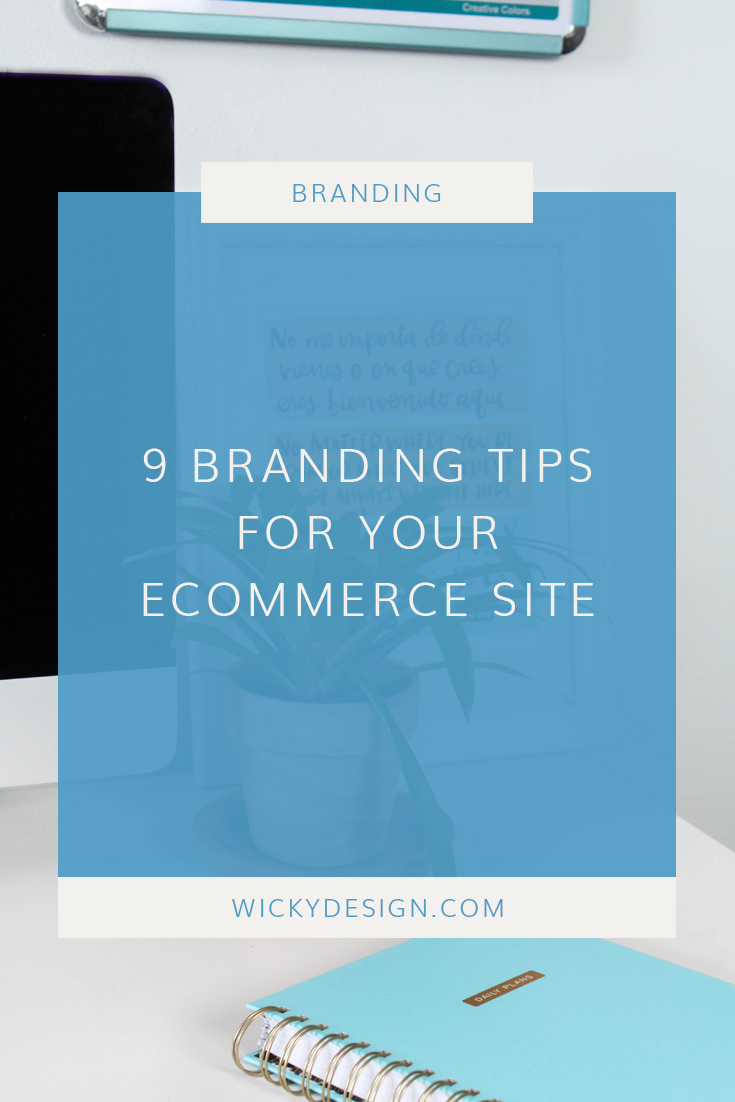This is a guest post by Lexie Lu of Design Roast.
Branding your eCommerce store attracts loyal customers who will buy from you and tell others about your product. Branding is your opportunity to demonstrate your company’s core beliefs and let customers know what they mean to you. Smart branding engages your customers and involves them, so they feel part of your company.
Amazon is currently the most valuable brand in the world, with a value of $302 billion. You can learn a lot by studying what Amazon does to get their brand message out. By examining a variety of successful eCommerce brands, you can learn more about specific things you can do to strengthen your branding on your eCommerce site.

1. Create a User Persona
You’ve likely heard before that you need to know your target audience to market to them effectively. Once you’ve studied the data, polled your customers and have a clear picture of your typical fan, take time to develop a user persona — an imaginary person that represents your average customer. Name your person, give them a career and list their behaviors, likes and dislikes.
Your first step in better branding on your eCommerce site is to look at it through the eyes of your user persona. How can you best communicate your core message to your specific user?
2. Use the Right Keywords
By 2019, experts predict 63 percent of people will buy online. The key to gaining a portion of this market share is knowing where to reach those buyers. People don’t just magically appear on your site. The topic of SEO is complicated, but one thing you can do is think about what type of search phrase the user persona you created would search for.
Answer any questions the typical person has on your eCommerce site. You should also take time to research your competitors. What keywords are they using? Tools such as SEMRush help you figure out what keywords they’re ranking for and give you a clue about what topics you need to cover on your site.
3. Show Users the Advantage
There are around 12,000 eCommerce sites generating measurable revenue. Consumers have the choice to buy from you or buy from any of your competitors.
Demonstrate to site visitors why they should buy from you by showing them the win-win of the transaction. Give them the reason they should go ahead and make that purchase — because it’s the best deal around or you offer the best customer service there is, etc.
4. Improve Your Message
Are your shopping cart abandonment rates unusually high? You might be losing the message at some point in your sales funnel. Review the different steps the user takes. Are the branding and message the same throughout the various stages?
Internal analytics will tell you at what point you’re losing potential sales, so take time to study those pages and make sure your branding is on point.
5. Use Colors Consistently
Color psychology is an essential aspect of branding. Colors tie into our moods and emotions. Color theory is an in-depth topic that would take chapters to cover, but in a nutshell, some colors create trust, excitement or warm feelings. Choose the colors for your brand carefully.
Once you have your color palette in place, use those colors consistently across all pages of your site, on social media and in marketing materials. Consumers should immediately recognize the colors as belonging to your brand.
6. Rework Your Headline
Are people bouncing away from your page almost as soon as they land there? Your headline may not grab site visitors. Take time to rework your headlines and use powerful language that grabs the reader and pulls them in. A strong header serves as the title of your post. It is what users see when searching on Google.
Use strong, active words that differentiate your page from all the other pages out there. The headline sets the tone for the rest of the page and gives the reader an idea of what the focus will be for that page.
7. Improve Your Images
Images on your eCommerce site should be relevant and high-quality. The average site visitor only reads 20 to 28 percent of the words on a page. Today’s mobile users tend to skim over a page and only take in parts of it. Images are a vital part of capturing the reader’s interest and getting them on board with your product.
Do your images show your product from different angles? There are many ways you can ramp up the effectiveness of your product branding, including offering 360-degree views and pictures of the product in use.
8. Create a Style Guide
As different people work on your copy and your site grows, the styles and voice of your site can change. One of the best ways to ensure customers have a consistent experience is creating a style guide for anyone who writes or markets for your business to follow.
The product you list this week should have a similar layout, language and attitude as the product you list next year. A style guide keeps you and your employees accountable to the overall branding vision of the site.
9. Follow Up
Follow up anytime someone purchases from your site or communicates with you. Make sure your branding message remains consistent. If part of your unique selling proposition is that you have the best customer service around, how can you use your follow-up to prove this to consumers?
Brand Marketing
Defining your brand starts with knowing your goals and beliefs as a company. Once you have a core philosophy, you need to make sure every interaction you have with site visitors matches. Review your eCommerce site and make sure your brand messaging and website messaging align.
About the Author
 Lexie is a graphic designer and typography enthusiast. She owns and manages Design Roast. Follow her on Twitter @lexieludesigner.
Lexie is a graphic designer and typography enthusiast. She owns and manages Design Roast. Follow her on Twitter @lexieludesigner.




